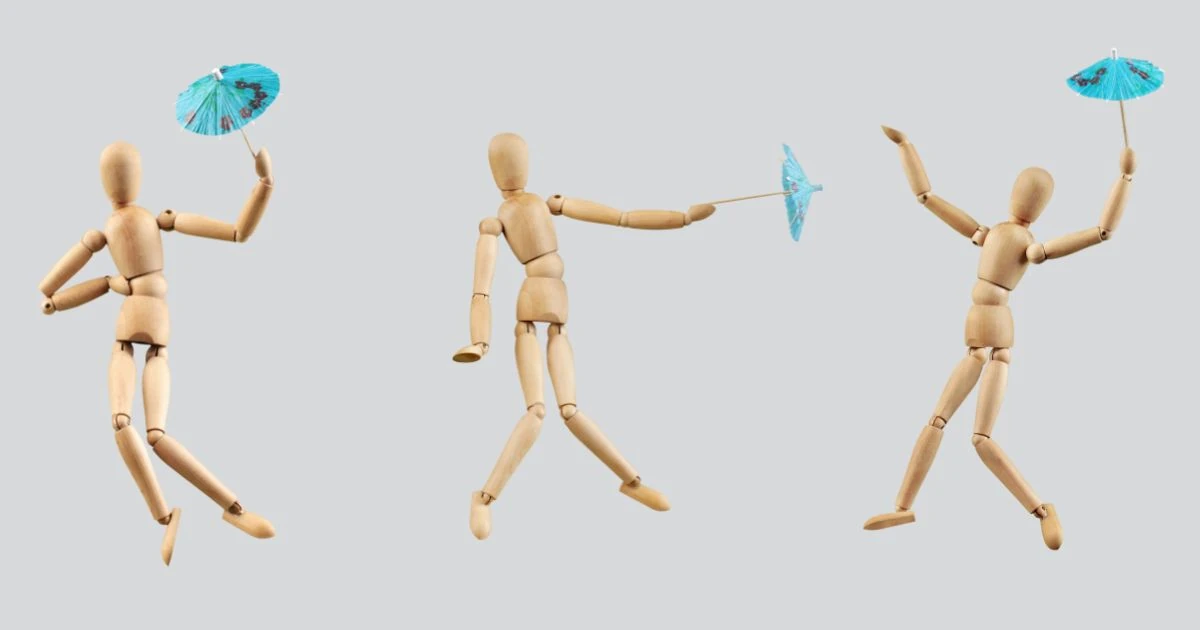Ever met a character who strolled past a mirror just so the author could describe their hair colour?
Yeah, we’ve all seen that move.
Whether you’re writing a thriller, fantasy, or slow-burn character drama, the way you introduce your people sets the tone. Let’s talk about how to make your character introductions sharp, meaningful, and cliché-free, without losing that spark of magic that makes them human.
Last month, during my Info Dumps workshop for Indie Author Training, someone asked a question that made half the room nod in recognition:
‘How do you describe a new character without info-dumping or falling into clichés like having them walk past a mirror?’
Excellent question. I’ve been thinking about it ever since. Before we dive into it, let’s get one thing out of the way: there’s no single ‘right’ way to describe a character. Like most things in writing, it’s a matter of taste and purpose. Some authors love lush, detailed portraits. Others barely sketch a silhouette and let readers fill in the rest.
As Stephen King puts it in On Writing:
“Description begins in the writer’s imagination, but should finish in the reader’s.”
Your job? Find the sweet spot between clarity and clutter, enough to hook the reader, not enough to drown them. Especially when you’re introducing someone new. Here’s how to do that without losing your cool or your reader.
1. Be concise (your reader’s smarter than you think)
Good fiction doesn’t need a play-by-play. The same goes for character introductions.
Think of your first description as a kickoff, not a TED Talk. You’re giving the character a small shove into the story pool, then letting them swim. The more you show them doing, the faster we’ll understand who they are, what they want, and what drives them up the wall.
So resist the temptation to explain or unpack their entire tragic backstory in one go. Give us the essentials. a few key notes, and let their actions and dialogue handle the heavy lifting.
2. Choose meaningful details (not just the hair colour)
Physical traits help us imagine a person, but they rarely tell us who that person is. Saying they’re tall or short and have brown or ginger hair doesn’t carry a lot of meaning; it’s just detail. When you pick details, make them do double duty. Each one should either reveal character or set a tone.
In my short story ‘‘The Assistant’, I describe Janice like this:
“We turned towards a large man in a business suit and a rather petite woman in long tweed pants and a silk blouse. She had a dark fringe and cat-eye glasses, the kind reserved for artists and people with strong opinions.”
A touch of appearance, yes, but also a personality hint. You instantly know Janice has presence, taste, and opinions that could slice through glass.
So when you introduce someone new, choose one or two defining traits that hint at the person behind the face. Are they the kind who laugh loudly? The quiet observer with a gaze that misses nothing? Let those details carry the weight.
3. Dodge the clichés (we’ve all seen the mirror trick)
Writers have been introducing characters the same ways for decades, by catching their reflection in a mirror, narrating a self-assessment, or offering a head-to-toe fashion report. But the readers like to move before the mirror fogs.
Here’s how to do better:
- Drip details through the scene. Reveal bits of appearance naturally through dialogue, action, or the character’s thoughts.
- Skip the full-body scan. Focus on one or two traits that stand out and let the rest fade into the reader’s imagination.
- Use action. Let them do something that shows who they are—a habit, a reaction, a contradiction.
- Show self-perception. How they feel about themselves is often more revealing than what they look like.
Remember that description isn’t a checklist. It’s an act of storytelling. You’re not sketching a police report – you’re giving us a glimpse into a living, breathing person who will soon make choices that matter.
So go ahead, throw away the mirror. Let your characters walk into the story with muddy shoes, a secret, or a smirk, anything but a rehearsed reflection.











